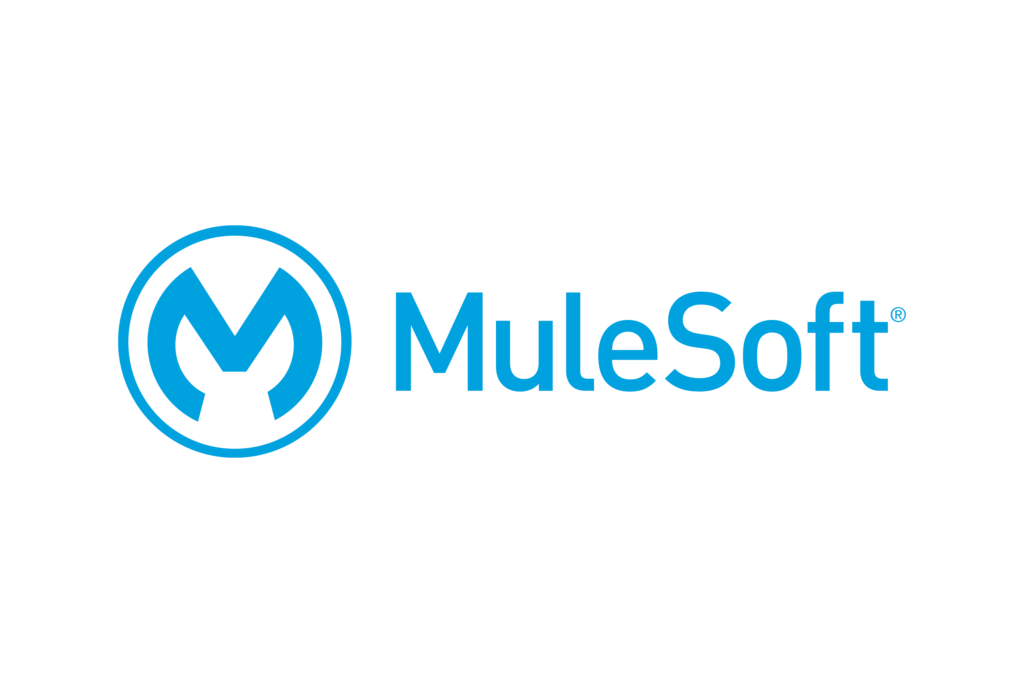
To call a Multipart/Form-Data service using the HTTP Request connector in Mule 4, you can follow these steps:
- Set up the HTTP Request connector:
- Drag and drop an HTTP Request connector onto your Mule flow canvas.
- Configure the connector by specifying the HTTP method, endpoint URL, and any required headers or query parameters.
- Prepare the Multipart/Form-Data payload:
- Create a Mule message with the payload you want to send as Multipart/Form-Data. This payload typically consists of multiple parts, such as files or form fields.
- Use the
multipart/form-datacontent type for the HTTP request.
- Configure the HTTP Request connector to send Multipart/Form-Data:
- Set the “Body” field of the HTTP Request connector to the Multipart/Form-Data payload.
- Set the “Content-Type” header to
multipart/form-data; boundary=--boundarywhere--boundaryis a unique string to separate the parts of the payload.
- Add the necessary parts to the payload:
- For each part, you want to include in the Multipart/Form-Data payload, create a new section.
- Use the
Set Payloadcomponent or a DataWeave transformation to set the individual parts. - Each part should have a unique name and can contain different types of data, such as files or form fields.
- Send the HTTP request:
- Connect the Multipart/Form-Data payload to the “Body” field of the HTTP Request connector.
- Execute the flow or trigger the HTTP request to send the Multipart/Form-Data payload to the specified endpoint.
Here’s an example of how the flow might look in Mule 4:
<flow name="multipartFormDataFlow">
<http:request method="POST" url="http://example.com/upload" doc:name="HTTP Request">
<http:headers>
<http:header key="Content-Type" value="multipart/form-data; boundary=--boundary" />
</http:headers>
<http:body><![CDATA[--boundary
Content-Disposition: form-data; name="field1"
value1
--boundary
Content-Disposition: form-data; name="file"; filename="file1.txt"
Content-Type: text/plain
File content goes here
--boundary--]]></http:body>
</http:request>
</flow>
In the example above, we set up a POST request to an example endpoint http://example.com/upload. The request includes a form field with the name “field1” and a file part with the name “file1.txt”. Adjust the payload and configuration according to your specific requirements.
Remember to configure any necessary error handling, logging, or additional processing based on your use case and requirements.
Leave a Comment
You must be logged in to post a comment.